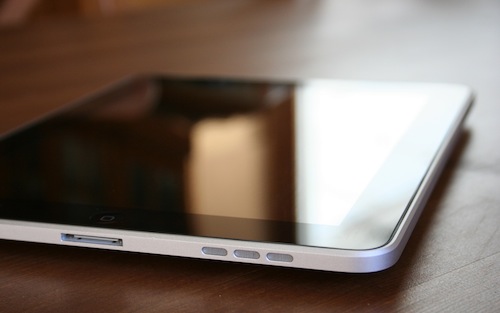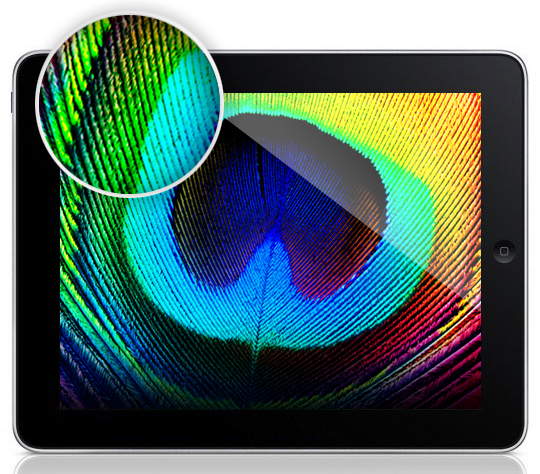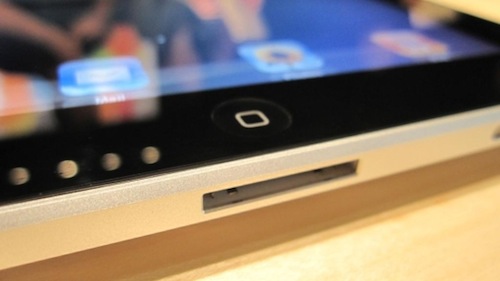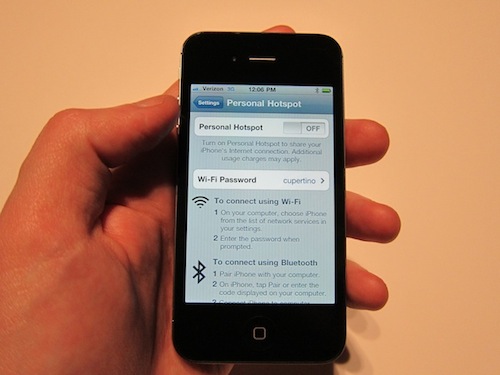Panic, the developers of popular software for the Mac like Coda, Transmit and Candybar, wrapped up a critical update to their FTP client / file manager / all-in-one solution Transmit 4 on January 6th to fix “important bugs” and correct issues with the Transmit Disk feature and Amazon S3 connection. As they explain in a post on the company’s blog, their original plan was to submit the update to Apple and release it on their website as well once the Mac App Store version got approved.
Apple didn’t approve the update after two weeks, so Panic went ahead and posted the update on the application’s website so that users who didn’t buy the app through the Mac App Store didn’t have to wait any longer to have the bugs fixed. In their own words, Transmit 4.1.5 is now “half-available” as the app in still “in review” for Mac App Store approval. Read more










